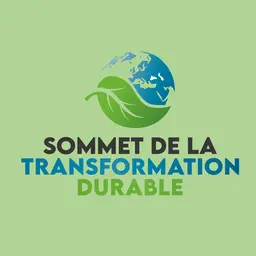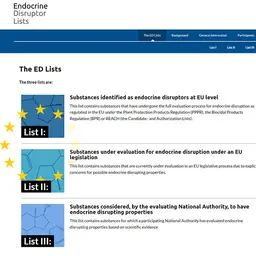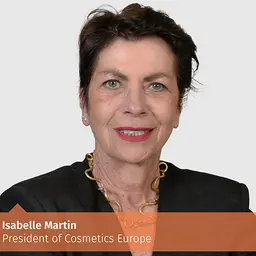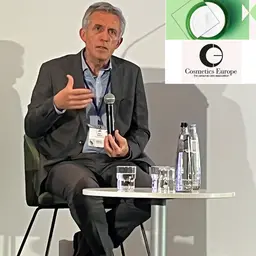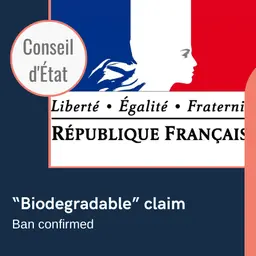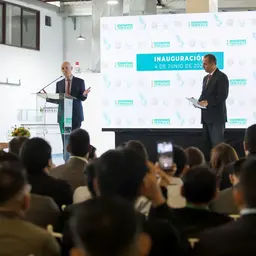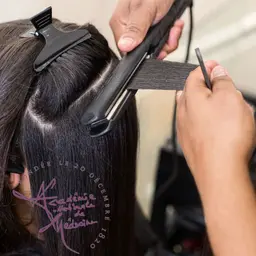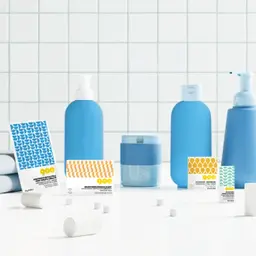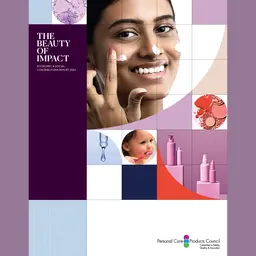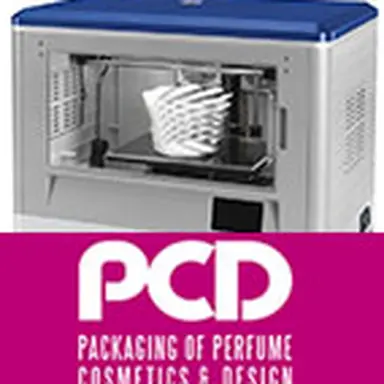
At the 12th edition of the PCD show (Packaging of Perfumes, Cosmetics & Design) held on February 3-4, 2016 in Paris, Hervé Bouix, Senior VP Packaging Innovation at Estée Lauder, presented a technology that has been growing by leaps and bounds and now represents a new precious resource for the world of cosmetics packaging: 3D printing.
Not a day goes by without a press article or a TV or radio report making reference to 3D printing and how fast it has entered our daily lives.
And the idea is not new: as the speaker reminded in his introduction, Arthur C. Clarke, the author of 2001, A Space Odyssey, already had the vision of a machine that would reproduce objects exactly in 1964… but what was still only science fiction then has become a tangible reality.
Different technologies
The first machines to be able to reproduce objects appeared in the 1980s in the United States, and now there are mainly three 3D printer models. They all use the same process to start with, which involves a three-dimension plan performed with specific software or a 3D scanner.
FDM or Fused Deposition Modeling
This fused deposition modelling technique works a bit like a glue gun, with a heated nozzle that deposits a plastic filament on a tray and builds an object in three dimensions, layer after layer. This is the basic system that is found in most machines designed for the general public, many of which are available for less than €500, and which does provide satisfactory accuracy, although it …

